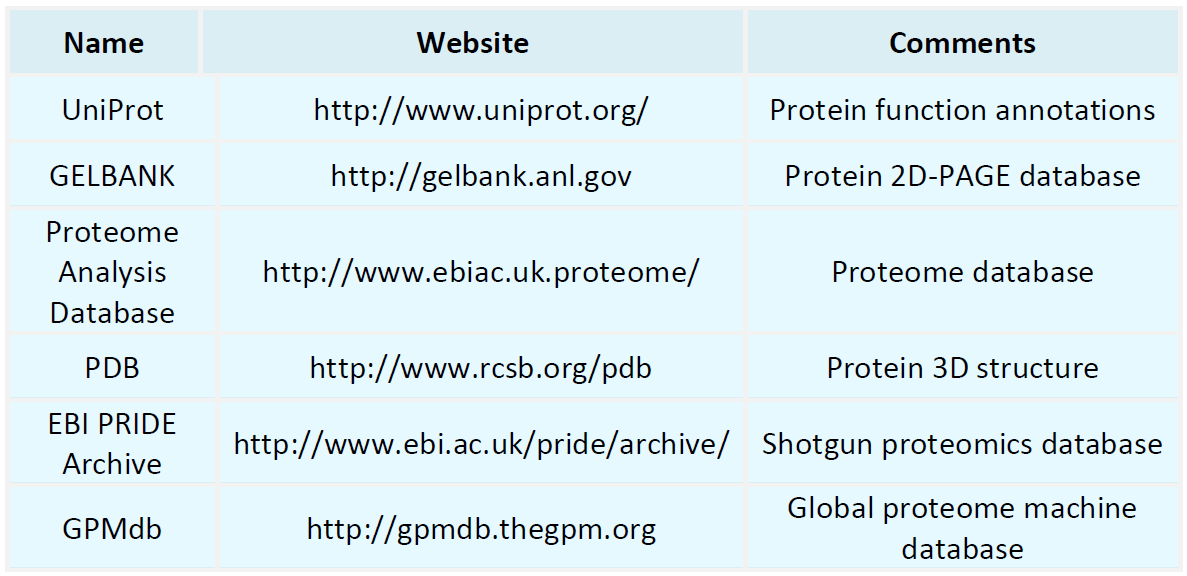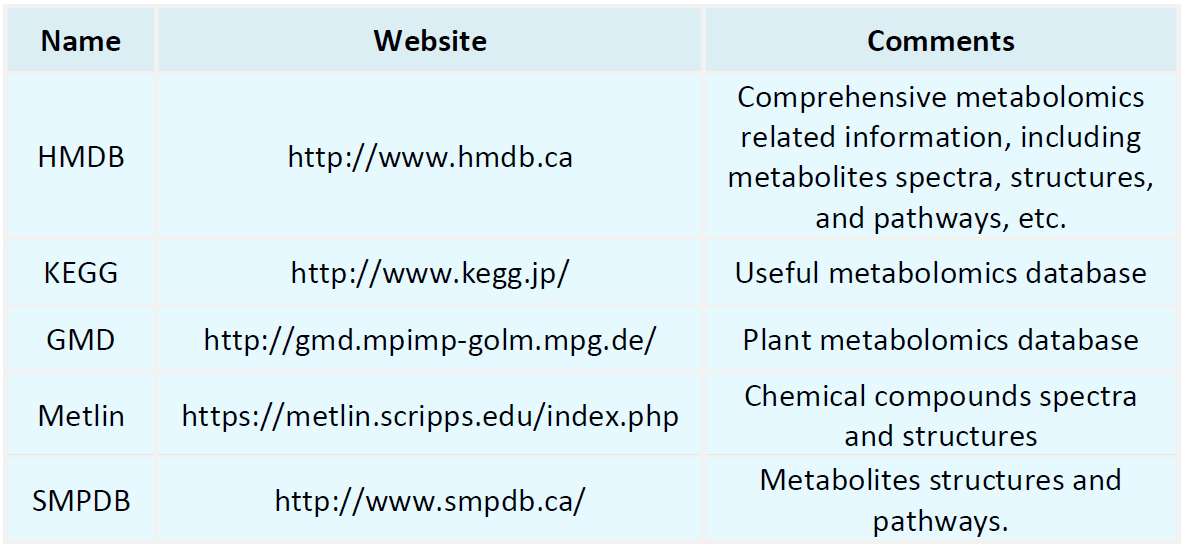Resources
Proteomics Databases

Metabolomics Databases

-
• De Novo Protein Sequencing: Principles and Methods Overview
De novo protein sequencing is a method for identifying the primary structure (amino acid sequence) of proteins without relying on genomic sequences or protein databases. This approach is essential for characterizing unknown proteins, advancing antibody drug development, conducting proteomic analyses of non-model organisms, and investigating post-translational modifications (PTMs). Traditional protein sequencing methods depend on genomic data or known protein databases for sequence alignment and identi......
-
• Key Techniques and Application Advances in De Novo Protein Sequencing
De novo protein sequencing, as a core technology for determining the amino acid sequences of unknown proteins, has achieved significant breakthroughs in both methodology and application scenarios in recent years. Its primary advantage is that it does not rely on genomic or protein databases, enabling sequence reconstruction directly from mass spectrometry data. This approach is particularly useful for the study of proteins from newly discovered species, antibody therapeutics, and complex systems invol......
-
• N-Terminal Sequencing Based on Edman: Principles, Procedures
N-terminal sequencing based on Edman is a widely utilized technique in protein research for determining the N-terminal amino acid sequence of proteins and peptides. This method relies on stepwise chemical degradation, in which N-terminal amino acids are sequentially cleaved and identified. Due to its high precision and reliability, N-terminal sequencing based on Edman plays a crucial role in proteomics, structural biology, and biomedical research. This paper provides a comprehensive overview of the fu......
-
• Avoid Inaccurate Results with These Native MS Data Acquisition Tips
Native mass spectrometry analysis is a powerful technique for investigating proteins and their complexes under near-physiological conditions, with broad applications in proteomics, structural biology, and drug discovery. However, due to the complexity of protein assemblies, the instability of the ionization process, and the variability of experimental conditions, native MS data are prone to inaccuracies and challenges in interpretation. These issues can compromise the scientific validity of studies an......
-
• MS Based N-Terminal Sequencing Analysis: Challenges and Solutions in Complex Samples
N-terminal sequencing analysis reveals the initial sequences of proteins, providing essential insights into protein function, structure, and interactions. With the advancement of mass spectrometry (MS) technologies, MS based N-terminal sequencing analysis has gained widespread application in proteomics. However, analyzing N-terminal sequences in complex biological samples remains challenging. This review explores these challenges in detail and proposes potential solutions. 1. Challenges in Peptide I......
-
• N-Terminal Sequencing: Method Comparisons, Advantages, and Applications
N-terminal sequencing is a widely used technique for determining the N-terminal amino acid sequence of proteins, with essential applications in proteomics, structural biology, and biopharmaceutical research. By analyzing the N-terminal sequence, this technique provides insights into protein processing, post-translational modifications, and degradation mechanisms, making it valuable for both fundamental research and industrial applications. The two primary methods for N-terminal sequencing are Edman de......
-
• MS Based N-Terminal Sequencing Analysis: Applications in Biopharmaceutical Research
In proteomics, N-terminal sequencing analysis is primarily used to characterize the N-terminal amino acid sequence of proteins and peptides, providing critical data for investigating post-translational modifications, protein degradation pathways, and structural characteristics. The conventional Edman degradation method has inherent limitations, including stringent sample quantity requirements and susceptibility to protein characteristics, which restricts its application to complex samples or proteins ......
-
• C-Terminal Sequencing Based on MS: Methods and Applications
C-terminal sequencing is a technique specifically designed to determine the amino acid sequence at the C-terminus of proteins and holds significant value in proteomics research. Compared with traditional N-terminal sequencing, C-terminal sequencing has emerged relatively late due to its greater technical complexity. However, the rapid advancement of mass spectrometry (MS) technologies in recent years has significantly increased the importance of C-terminal sequencing based on MS in studies of protein ......
-
• N-Terminal Sequencing Using Edman Degradation: Advantages, Limitations and Improvements
N-terminal sequencing is a fundamental technique in proteomics research, with Edman Degradation long recognized as a classical method for determining the N-terminal sequence of proteins and peptides. This method relies on the selective labeling of the N-terminal amino acid by phenylisothiocyanate (PITC), followed by stepwise degradation to sequentially identify amino acids. Despite the rapid advancements in mass spectrometry-based sequencing technologies in recent years, Edman Degradation retains uniq......
-
N-terminal sequencing using edman degradation is a classical technique, which sequentially removes and identifies amino acids from the N-terminus of proteins or peptides. Despite its high specificity, sequencing accuracy can be significantly compromised by factors such as sample quality, reaction efficiency, and background interference. Therefore, experimental optimization is critical. This review outlines strategies for optimizing sample preparation, reaction conditions, analytical detection, and err......
How to order?







